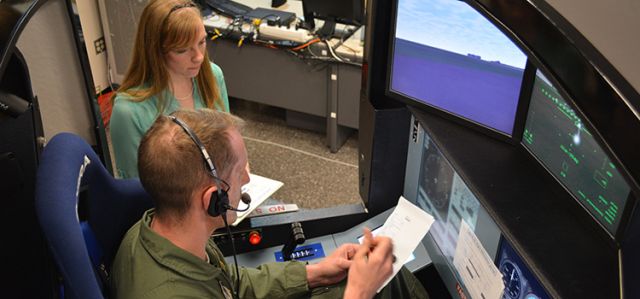Document Type
Article
Publication Date
8-31-2021
Publication Source
European Journal of Advances in Engineering and Technology
Abstract
In the pursuit of renewable energy solutions, solar photovoltaic systems have emerged as a key player in generating clean electricity. However, high operating temperatures pose a significant challenge to their efficiency and longevity, particularly in concentrated photovoltaic (CPV) systems. This paper reviews and evaluates various cooling strategies, from natural air cooling to advanced techniques like phase change materials, liquid immersion, and jet impingement, to maintain optimal operating temperatures for solar cells. Our study assesses the impact of these cooling methods on PV system performance, cost, and environmental implications. We find that microchannel cooling significantly improves thermal performance, resulting in notable gains in CPV efficiency. Through statistical analysis, simulation data, and pragmatic considerations like cost and scalability, we validate microchannel heat sinks as a formidable solution to enhance CPV cell longevity and performance. Our findings advocate for the integration of microchannel technology in CPV systems, marking a significant stride towards more viable and powerful solar energy sources.
ISBN/ISSN
2394-658X
Copyright
© 2021 Sharma V, This is an open-access article distributed under the terms of the Creative Commons Attribution License, which permits unrestricted use, distribution, and reproduction in any medium, provided the original author and source are credited.
Volume
8
Issue
8
Keywords
Solar Photovoltaics, Photovoltaic Cooling, Thermal Management, Concentrated Photovoltaic Systems, Microchannel Heat Sink, Cooling Techniques, Phase Change Materials, Liquid Immersion Cooling, Jet Impingement, Efficiency, Renewable Energy, Thermal Conductivity, Electrical Insulation, Nanofluids, Environmental Sustainability, Heat Dissipation
eCommons Citation
Sharma, Vibhu, "Advancing Energy Efficiency in Solar Systems: A Comparative Study of Microchannel Heat Sink Cooling Method for Photovoltaic Cells" (2021). Mechanical and Aerospace Engineering Graduate Student Publications. 14.
https://ecommons.udayton.edu/mee_grad_pub/14
COinS




Comments
The document available for download is the published version, provided in compliance with the publisher's open-access policy. Permission documentation is on file. DOI: https://doi.org/10.5281/zenodo.11079917